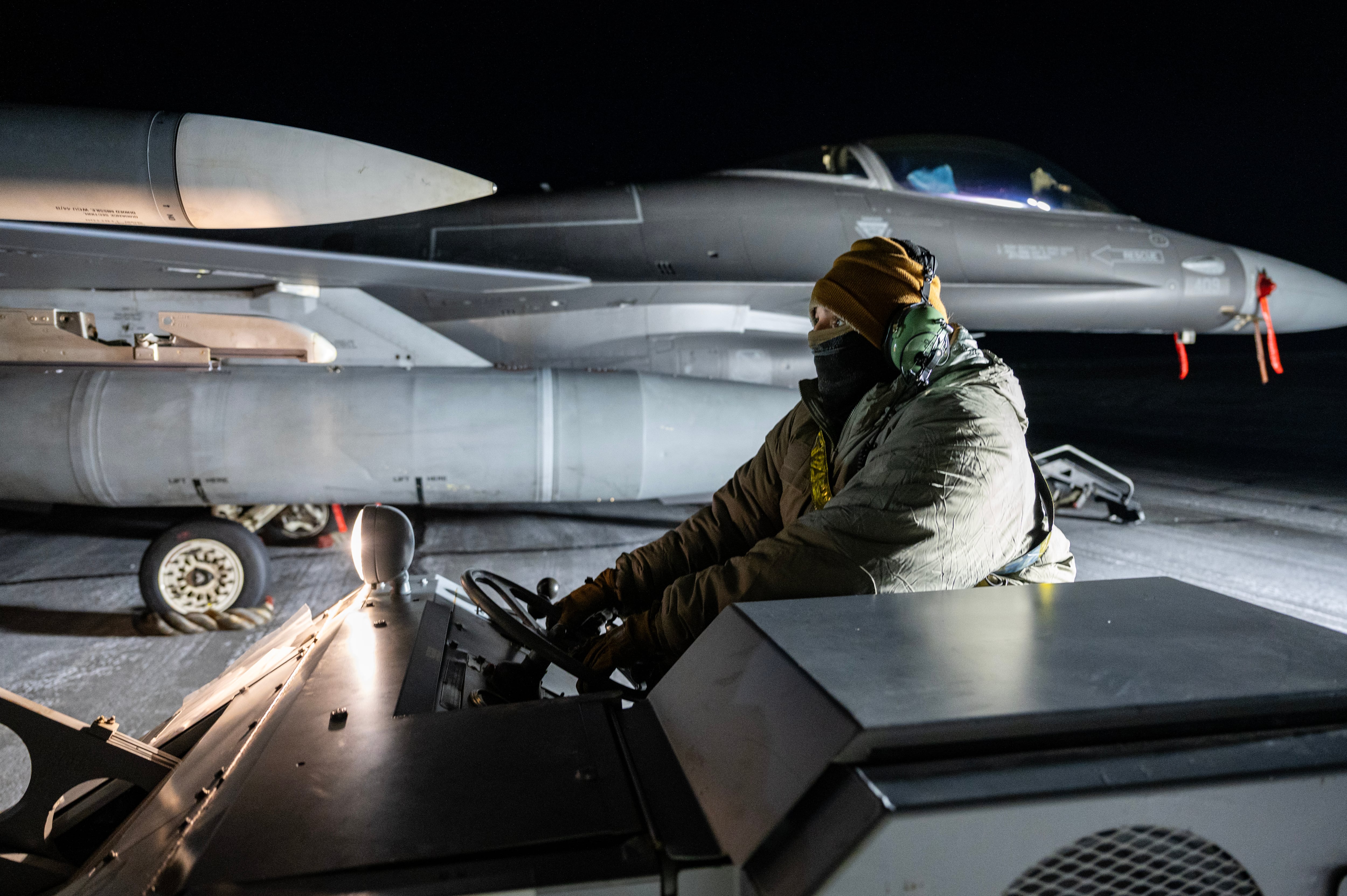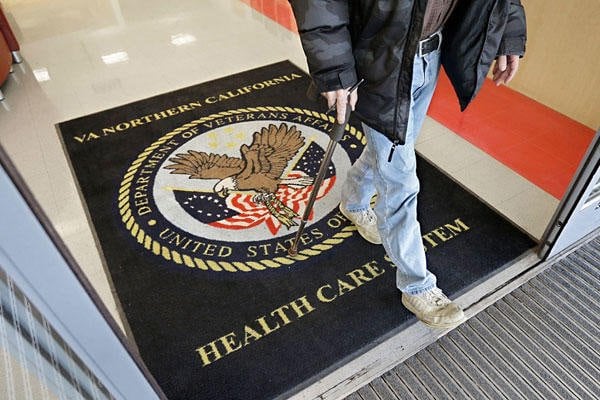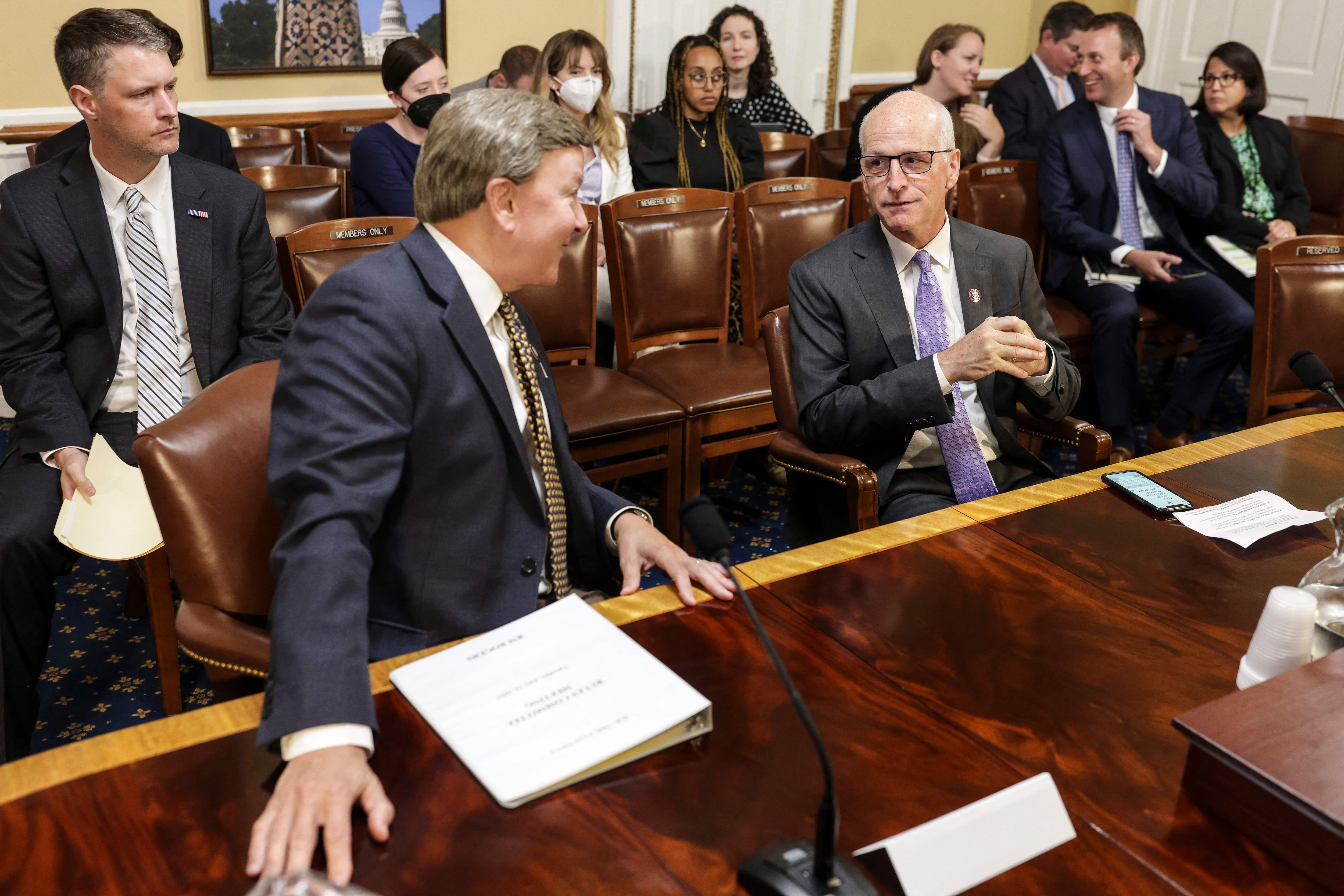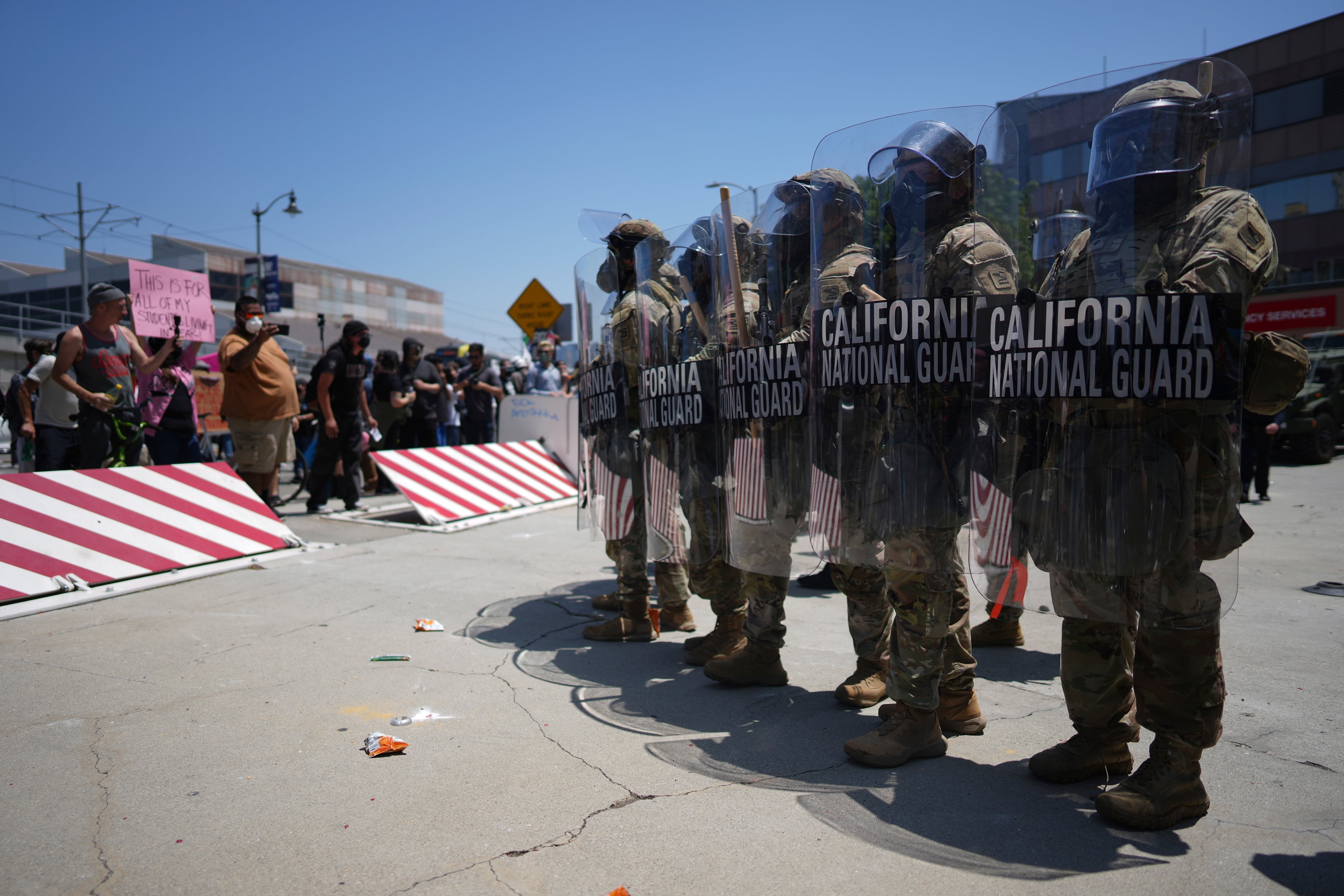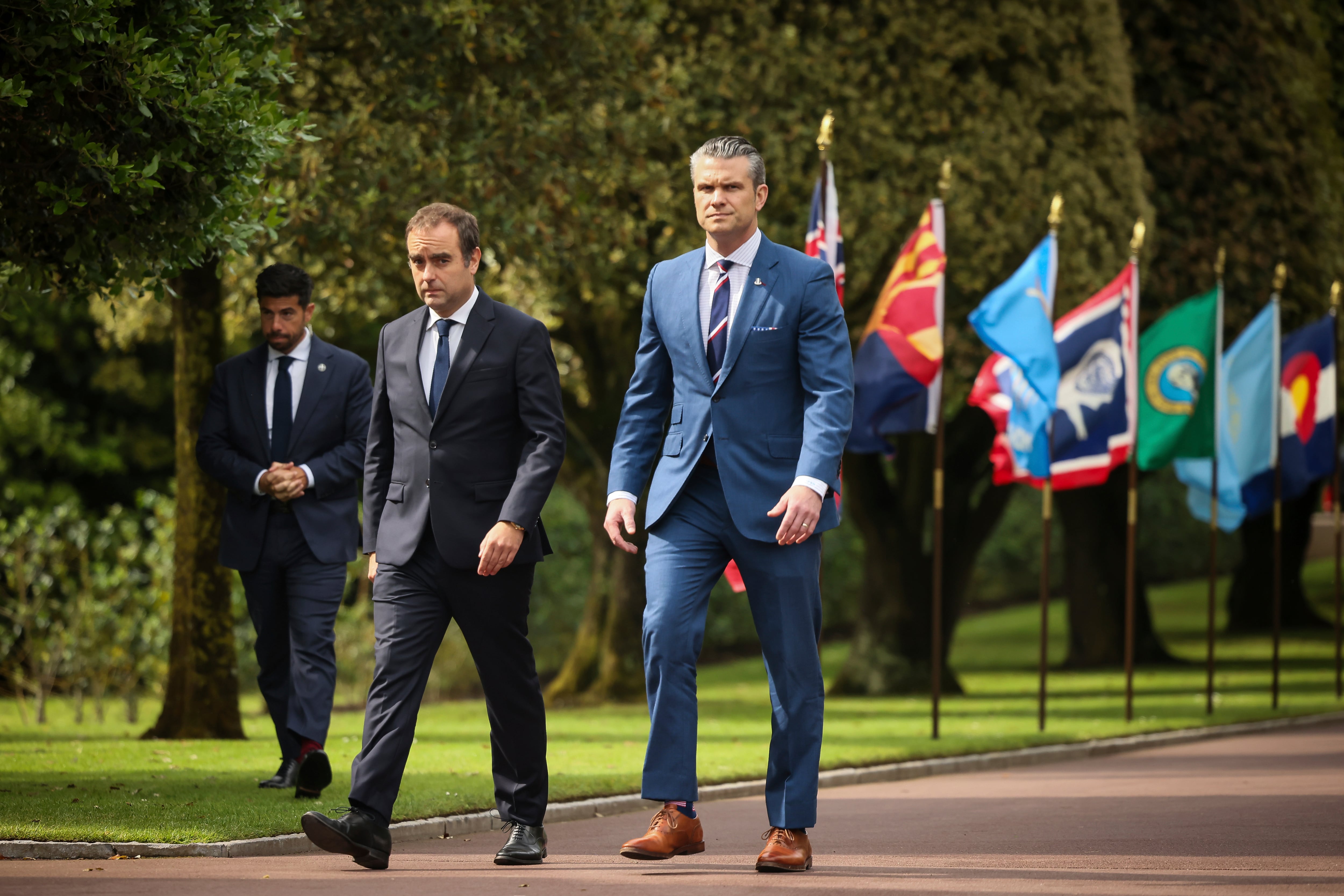WASHINGTON – U.S. forces are no longer bound by requirements to be in contact with enemy forces in Afghanistan before opening fire, thanks to a change in rules of engagement orchestrated by Secretary of Defense Jim Mattis.
Mattis, appearing on Capitol Hill on Tuesday alongside Chairman of the Joint Chiefs of Staff Gen. Joe Dunford, told a pair of congressional hearings that the White House gave him a free hand to reconsider the rules of engagement and alter them to speed the battle against the Taliban if need be.
Over the last several years, many top officials in Washington have advocated for a loosening of the rules of engagement that dictate how troops conduct combat operations in Afghanistan, Iraq and Syria.
Changes could allow the U.S. military to move more quickly to defeat terrorist organizations. Rules of engagement are classified, and military officials generally do not discuss them.
However, there were signs that changes to those rules of engagement were coming. In his Aug. 21 speech announcing his Afghanistan strategy, President Donald Trump said he would ”lift restrictions and expand authorities” for war fighters.
”We will also expand authorities for American armed forces to target the terrorists and criminal networks that sow violence and chaos throughout Afghanistan,” Trump said at the time.
RELATED
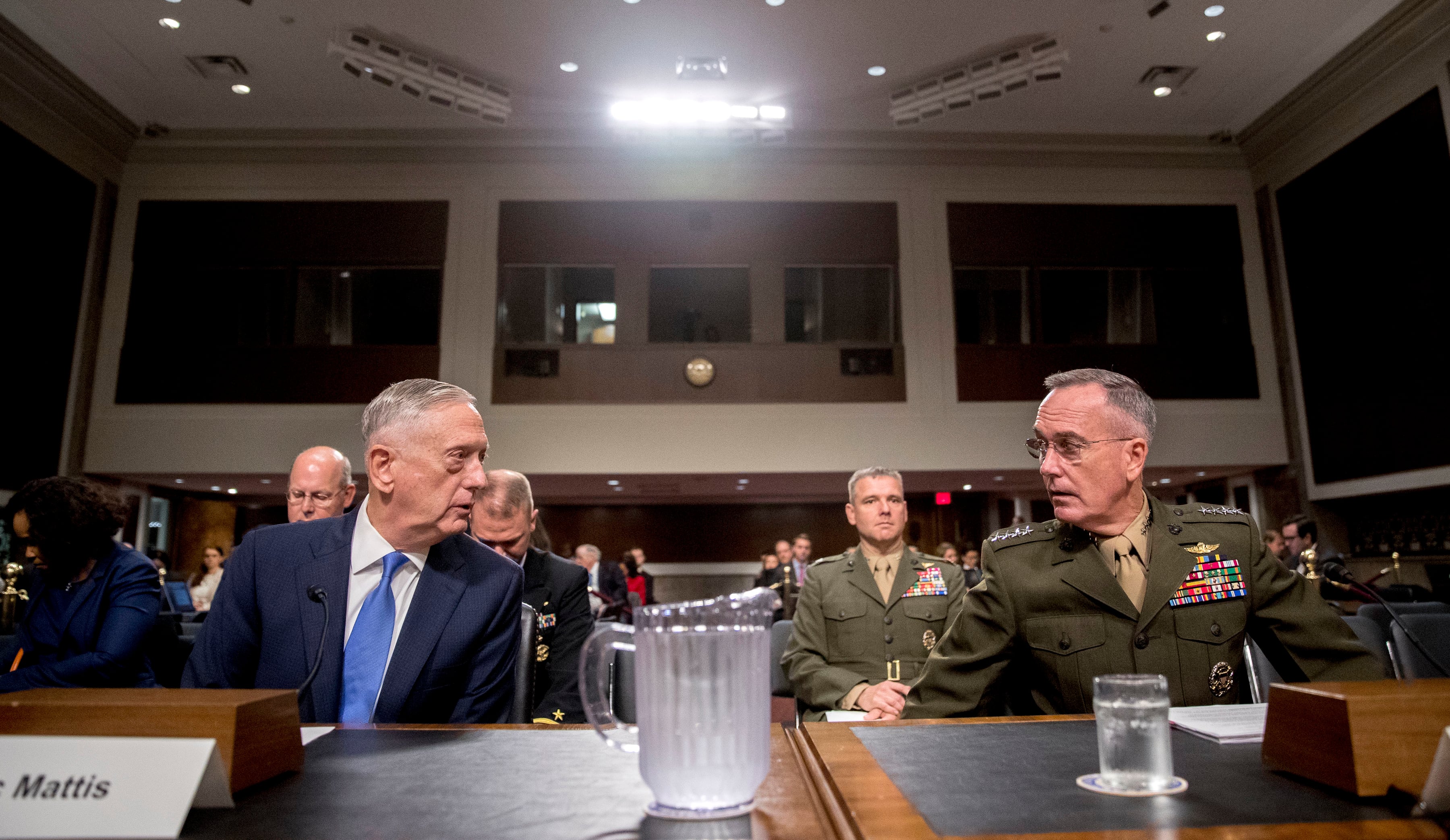
Mattis has taken that freedom and implemented at least two changes: the removal of proximity requirements for strikes against Taliban forces, and the spreading out of U.S. and allied advisers to lower-level Afghan units.
“You see some of the results of releasing our military from, for example, a proximity requirement — how close was the enemy to the Afghan or the U.S.-advised special forces?” Mattis told the Senate Armed Services Committee in the morning.
“That is no longer the case, for example. So these kind of restrictions that did not allow us to employ the air power fully have been removed, yes.”
“We are no longer bound by the need for proximity to our forces,” Mattis told the House Armed Services Committee in the afternoon. “It used to be we have to basically be in contact with that enemy.”
“If they are in an assembly area, a training camp, we know they are an enemy and they are going to threaten the Afghan government or our people, [Gen. John Nicholson, commander of U.S. Forces Afghanistan] has the wherewithal to make that decision,” he added.
“Wherever we find them, anyone who is trying to throw the NATO plan off, trying to attack the Afghan government, then we can go after them,” Mattis said.
The second change involves, essentially, dispersing U.S. advisers among the Afghan units that are closer to the enemy forces.
“Those units with NATO and American advisers win, and those without them often do not win,” Mattis said. “So we are going to spread the number of units with advisers to bring that air support to win.”
RELATED
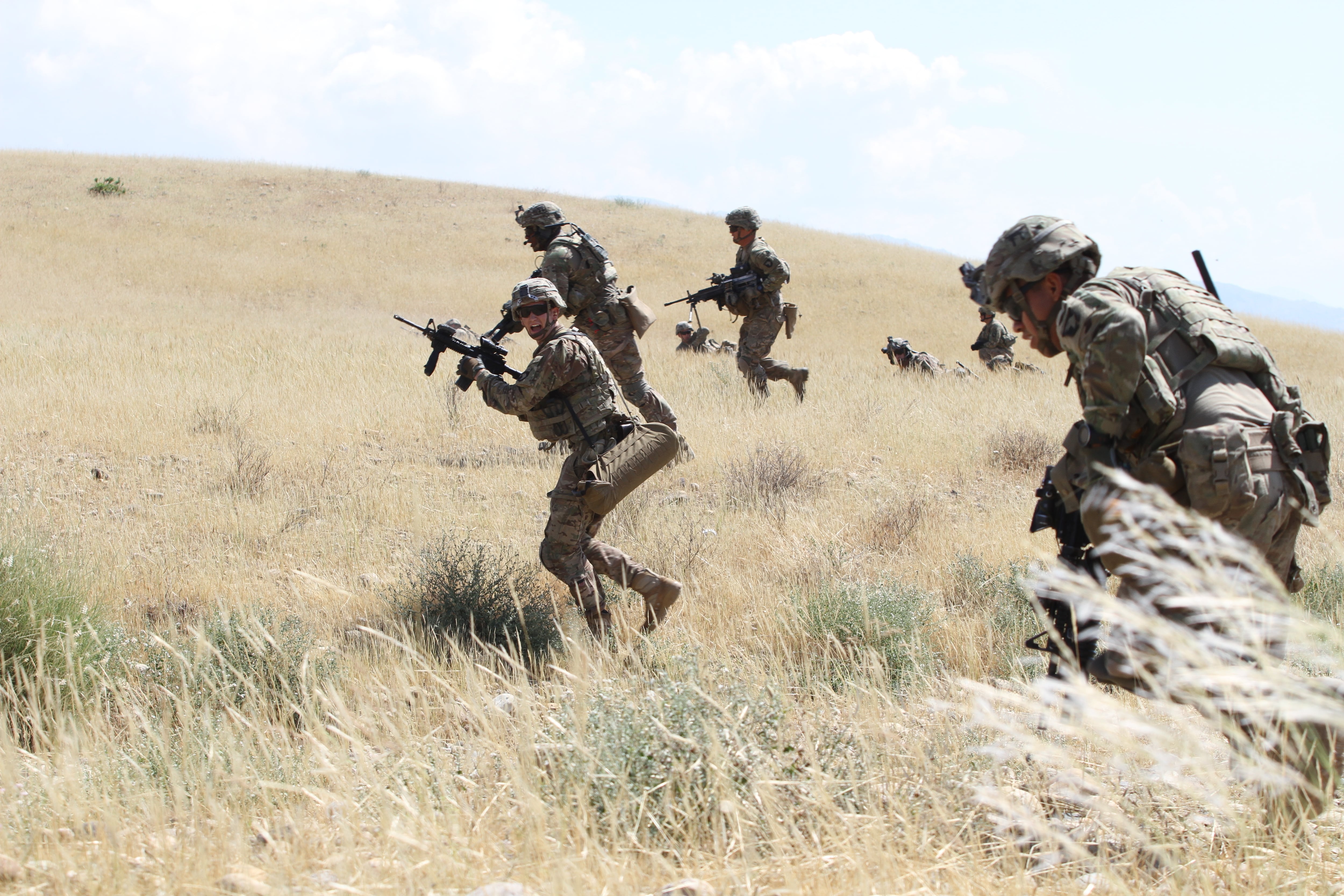
Asked to expand on that, Mattis described the change as “now being able to bring this fire support to bear where we could not [before], whether it be for proximity or [because] we were not with those units.”
Previously, U.S. forces were only working alongside Afghans at the highest headquarters level, Dunford said, not down at the brigade or battalion level where the “decisive action” is occurring. That is important because U.S. air support requires U.S. advisers to call it in.
Air power “wasn’t being delivered to those Afghan units most relevant in the fight because we didn’t [previously] have the authority to put advisers down in that level of the fight,” Dunford added. “That has, and it will, make us more effective.”
However, the secretary was quick to stress that the U.S. would still do everything “humanly possible” to avoid civilian deaths, especially given the history of groups like the Taliban and the Islamic State group hiding among civilian populations.
Aaron Mehta was deputy editor and senior Pentagon correspondent for Defense News, covering policy, strategy and acquisition at the highest levels of the Defense Department and its international partners.



